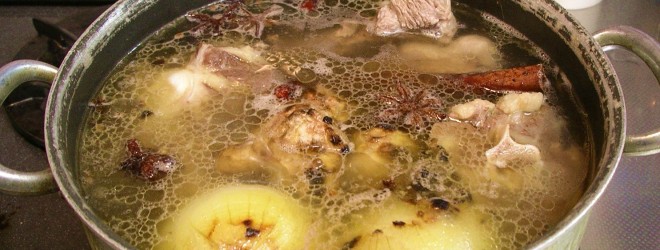Every traditional system of medicine including Ayurveda, Chinese medicine, and Western herbal medicine maintains as a core principle the idea that heat represents the vitality of life. According to 19th century herbalist Samuel Thomson, this “heat is maintained in the stomach by consuming food; and all the body and limbs receive their proportion of nourishment and heat from that source; as the whole room is warmed by the fire which is consumed in the fireplace”. In this way, all the care required to restore digestion utilizes the same knowledge it takes to build and maintain a fire. And if you have ever built a fire, then you know that there is more to it than just holding a match to a log. You know that you need to ‘enkindle’ the fire, using light, easily combustible materials such as paper and thin strips of kindling. Only once you get this little fire going can you throw on progressively larger pieces of wood to build a nice big roaring fire.
In the same manner, the digestive fire is best enkindled by light, easily digestible foods, and for this purpose there is no better food than soup. To make such a soup, we need to have some base ingredients, and these can include anything and everything including vegetable trimmings and peelings, Chinese dried brown mushrooms, seaweed, and/or animal bones. Simply throw all these ingredients into a pot, cover with water, and let simmer for 12-24 hrs. Especially for stocks containing animal fats, make sure to avoid boiling the stock for any length of time as this will cause the fats to peroxidize and produce undesirable off-flavors.
Most frequently I use soups as a medium to build and restore the skeletal system, using ingredients such as chicken or turkey bones, lamb bones, and marrow bones. These bones contain valuable nutrients such as calcium, phosphorous, magnesium, glucosamine and chondroitin that our bodies can use to build and enhance bone health, to prevent and treat osteoporosis and arthritis. To render these constituents bioavailable, add in a little vinegar to create a slightly acid medium that will pull these minerals into the broth. Likewise, to make them more flavorful, you can roast the bones in the oven for 30 minutes. To boost the nutrient profile of these bone soups, I frequently recommend adding in seaweed such as kelp or dulse. Sea vegetables are truly one of nature’s super foods, not only as the single most abundant source of minerals compared to any land-based food, but also to boost metabolism and promote detoxification. In addition, there are any number of medicinal plants that can be added to boost the healing properties of the soup.
Ingredients (non-vegetarian option)
3-5 lbs. of bones
one handful crushed seaweed
vegetable trimmings and peels
2 tbsp. apple cider vinegar
Ingredients (vegetarian option)
one handful crushed seaweed
vegetable trimmings and peels
4-5 Chinese brown (shiitake) mushrooms
Directions
Place ingredients into a large stockpot and fill to the top with water. Bring to a boil, reduce to a simmer, and let cook for 12-24 hours for the bone broth, between 4-6 hours for the vegetable broth. When done, strain and then store in the refrigerator.
When the stock made with animal bones is cool, the fat will rise to the top and should be skimmed off, especially when using fatty bones such as marrow bones. The skimmed fat, however, can be used later as a cooking fat or added back to the diet as a nutrient, such as using marrow fat (majja) for vata disorders including immunodeficiency and weakness.
I frequently recommend soup stocks, especially for women to ensure fertility and to maintain bone density, and frequently include herbs that assist in this process including shatavari, peony, dang gui, rehmannia, American ginseng, codonopsis, ashwagandha, goji berry, astragalus, Chinese red date, horsetail, and nettle.




